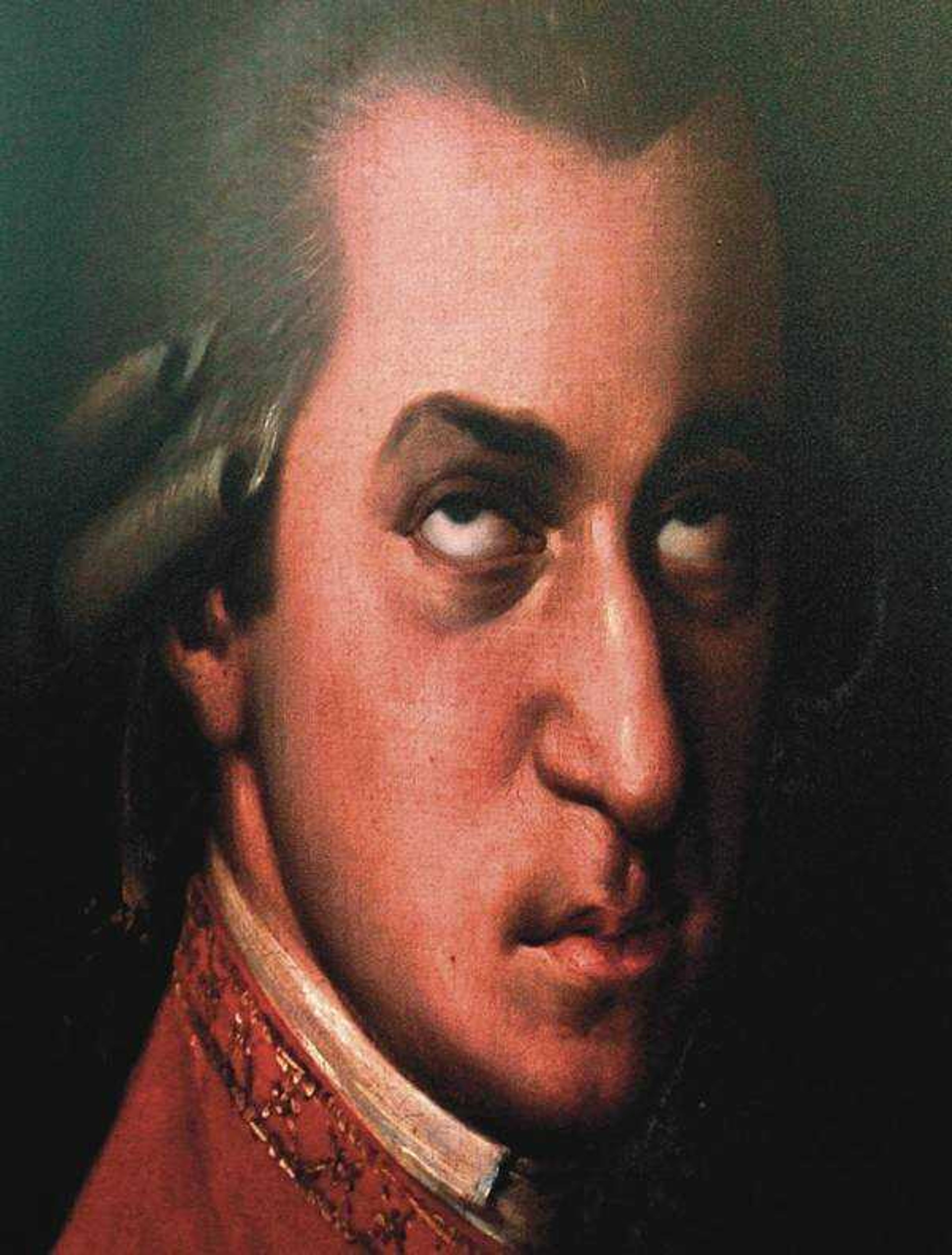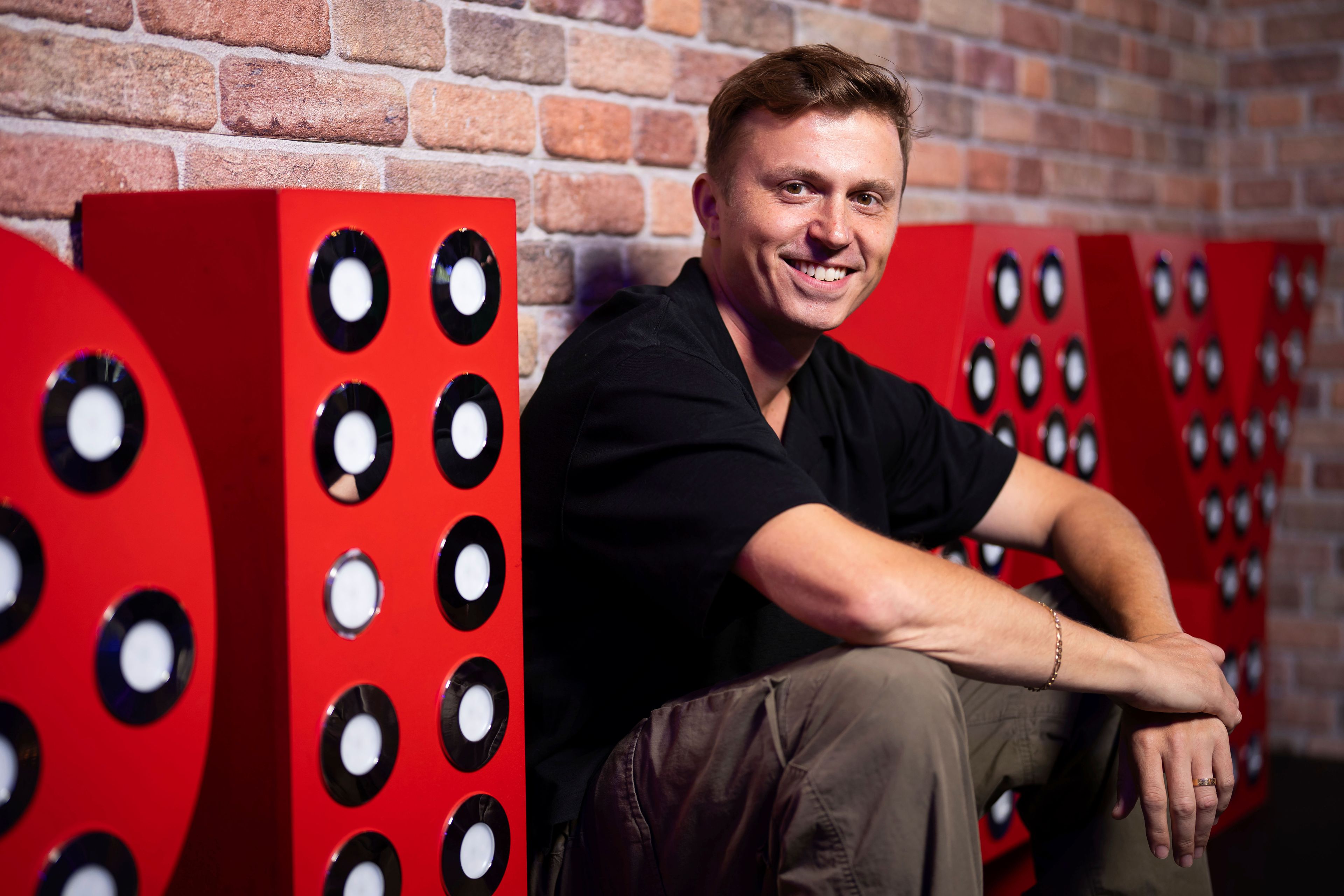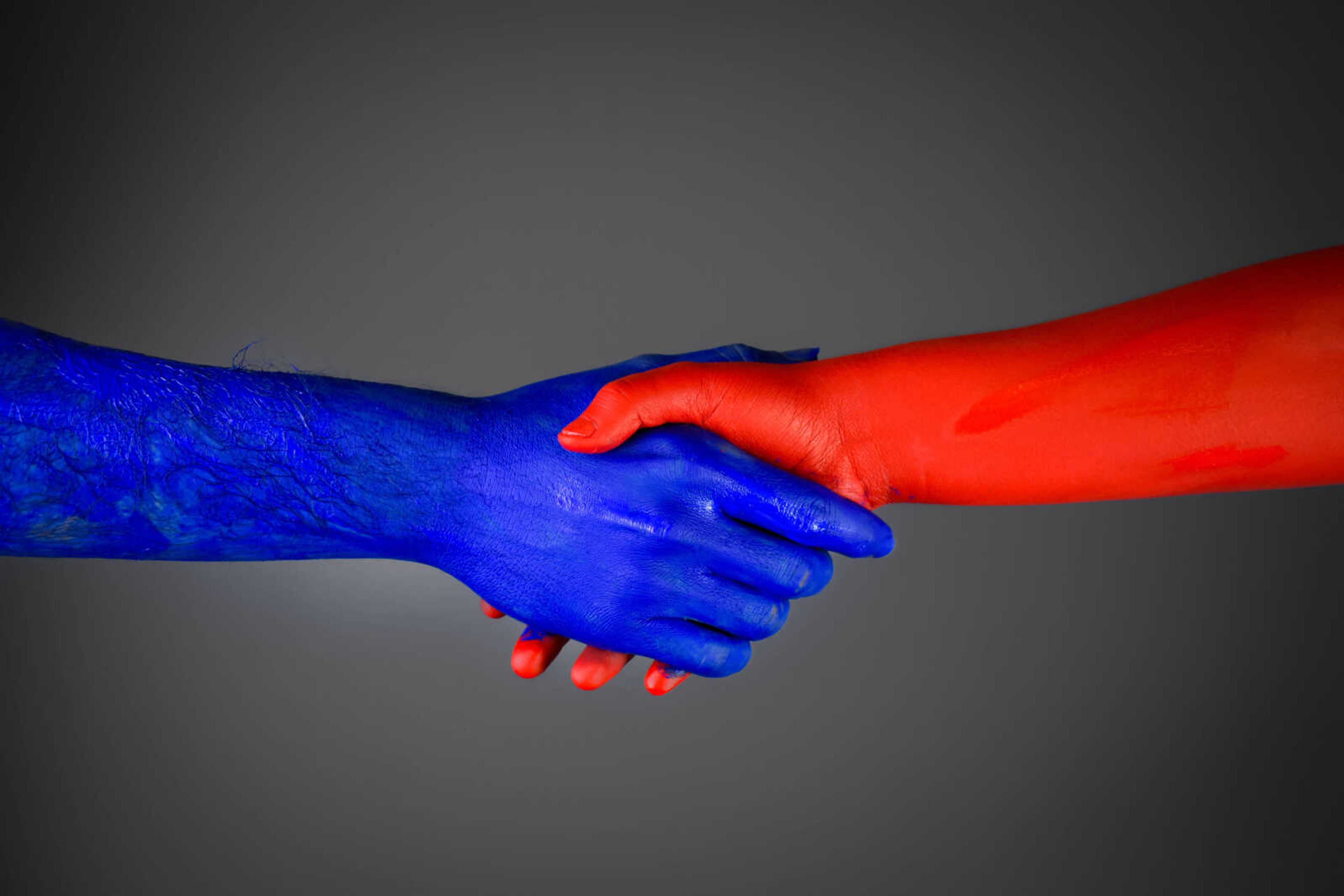SALZBURG, Austria -- Roll over, Beethoven. Beat it, Brahms. Mozart is back with a vengeance, though he'd probably flip his powdered wig if he could see the fuss being made over his 250th birthday.
As Austria and the world gear up for a jubilee year of concerts and celebrations marking the maestro's birth, his hometown of Salzburg is on the verge of becoming Schmaltzburg.
Suddenly, Amadeus is everywhere, and not just on the usual T-shirts, calendars, coffee mugs and ubiquitous "Mozart balls" -- small, round, unfortunately named candies that inevitably trigger snickers among tourists.
Shelves are stacked high with bottles of Mozart beer and wine, Mozart baby bottles, Mozart milkshakes, Mozart knickers, Mozart umbrellas and Mozart jigsaw puzzles. There's Mozart torte ("a symphony of tastes," its creator promises) and even Mozartwurst, a sausage of beef, pork and pistachios courtesy of a Salzburg butcher who claims the recipe came to him in a dream.
Complaints of excessive kitsch aside, it's a fitting frenzy of tribute for a musical genius who gave the universe "Don Giovanni," "The Marriage of Figaro," "The Magic Flute," his haunting "Requiem" and hundreds of other works.
"Mozart is back -- big time," said Ilse Blank, who works for a Vienna tuxedo rental shop that's scrambling to dress clients who want to look like Amadeus at balls and parties.
Poking fun at the unprecedented hype, the organizers of Mozart 2006 events in Vienna have come up with a playful logo: a famed 18th-century portrait of the composer doctored to show his eyes rolling back in his head.
"There are fears of a possible overkill," conceded Peter Marboe, overseeing remembrances in the Austrian capital.
'Gift from God'
But it's all about the music.
"Mozart, for me, is the light I orient my life around. He is a gift from God," said Angelika Kirschschlager, a celebrated Austrian mezzo-soprano who says singing his works "purifies not only the voice but the soul."
Amadeus aficionados will have hundreds of events to choose from in New York, Paris, Berlin, London, Prague, Vienna and scores of other cities.
On Jan. 27, the day the composer was born in 1756, New York's Metropolitan Opera will present a revival of last season's new Julie Taymor production of "The Magic Flute" and the New York Philharmonic will debut a three-week "Magic of Mozart" tribute.
But Mozart Central will be Salzburg, where all 22 of his operas will be performed at the Salzburg Festival next summer. An enormous birthday bash on Jan. 27 is expected to draw Secretary of State Condoleezza Rice and other dignitaries. And through the year, Salzburg will host 260 concerts and 55 Masses devoted to Mozart's sacred music.
Austria's Tourism Ministry expects several million Mozart tourists to converge on the alpine country over the course of the year.
Many will descend on Salzburg, where the house Mozart was born serves as a museum with an eclectic mix of items that look like they came straight out of Tom Sawyer's pocket: a lock of hair, a violin string, mother of pearl buttons from his waistcoat, a snuff box, playing cards and notes he scribbled on his many journeys.
Original 1764 composition
There are also more impressive items on display at Getreidegasse No. 9, including the violin he learned on as a child and a copy of a 1764 composition he wrote in his own hand at age 8.
In Vienna on Jan. 27, the city will officially reopen the painstakingly restored downtown house where Mozart wrote "The Marriage of Figaro." Austria's National Library is displaying the original -- and seldom seen -- handwritten score to "Requiem"; Chancellor Wolfgang Schuessel last month presented a copy to Pope Benedict XVI.
Amadeus will figure prominently in virtually every major event in Austria in 2006. Even the Vienna City Marathon has co-opted the composer; along the 26.2-mile course, costumed musicians will play Mozart sonatas to give the runners a lift.
In the run-up to the jubilee, it's already all Mozart, all the time.
Experts are peppering Austrians with Mozart trivia (he lived 13,097 days, and spent 3,720 of them traveling to more than 200 European cities), and educators, seizing the anniversary as a teaching point for music, history and culture, are touring schools with a special program.
It asks children provocative questions such as: "What pieces did Mozart compose when he was my age?" and "Why didn't Mozart have to go to school?" -- even "Did Mozart brush his teeth?"
The classical music world indulged in a similar fit of obsession in 1991 when it marked the 200th anniversary of Mozart's death. But the sheer scope of the 2006 celebrations has some worrying that it will cheapen his legacy.
"It's all a bit of an exaggeration," Kurt Palms, author of the forthcoming book "Wolfgang Is Still Unorthodox," said ruefully. "It raises the question of whether one might be causing some damage."
Mozart was born as Johannes Chrysostomus Wolfgangus Gottlieb Mozart and christened as Johannes Chrysostomus Wolfgangus Theophilus Mozart. The Latin equivalent of Theophilus was Amadeus, and that's how he eventually signed his name.
The epitome of a child prodigy, he started playing the keyboard at 3. By his fifth birthday, he was already composing minuets. Between then and Dec. 5, 1791, when he died of rheumatic fever a few minutes before 1 a.m., he wrote 626 works.
Underscoring how every aspect of his life and death still fascinates 2 1/2 centuries later, the International Mozarteum Foundation has been using DNA sleuthing techniques to try to determine whether an ancient skull in its possession was that of Mozart. So far, the tests have been inconclusive.
Mozart was buried in a pauper's grave at Vienna's St. Marx Cemetery, though researcher Otto Biba claims he has new evidence suggesting the composer in his heyday earned today's equivalent of $45,000 a year.
The spot where experts believe he was laid to rest is adorned by a simple column and a sad-looking angel.
"When you're happy, a little Mozart will make you happier," said Marboe, the Vienna events organizer. "And when you're sad, it will make you sadder still."
---
On the Net:
Official 250th birthday site in English, http://www.mozart2006.net/eng/index.html
International Mozarteum Foundation, http://www.mozarteum.at
Connect with the Southeast Missourian Newsroom:
For corrections to this story or other insights for the editor, click here. To submit a letter to the editor, click here. To learn about the Southeast Missourian’s AI Policy, click here.









